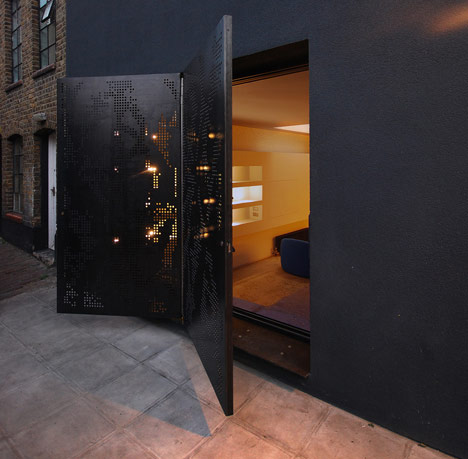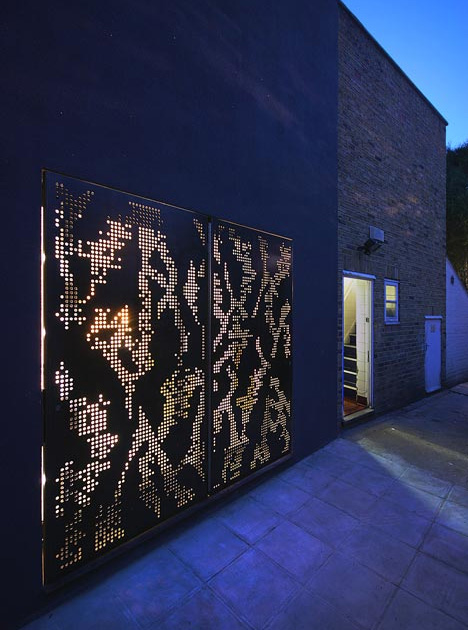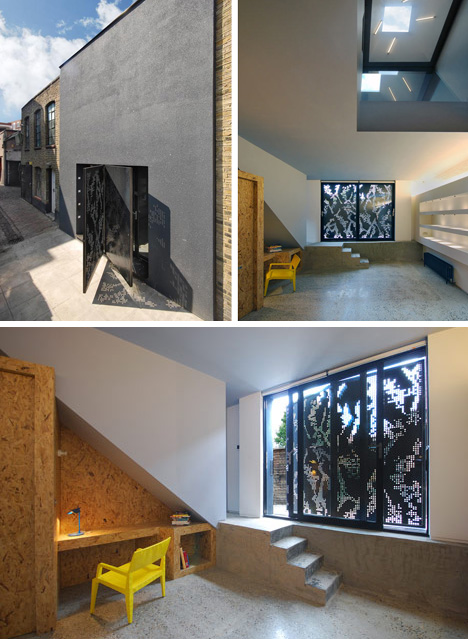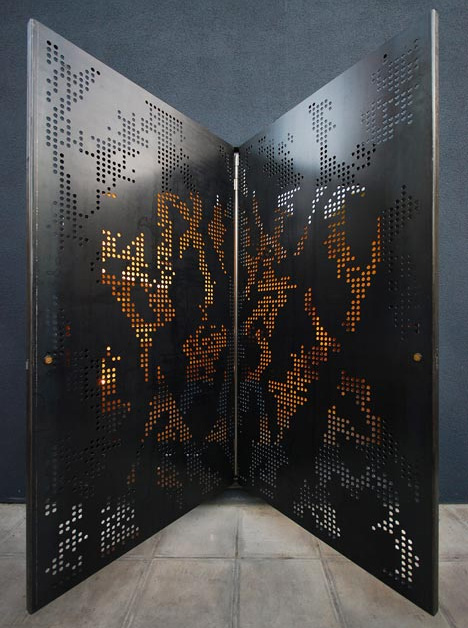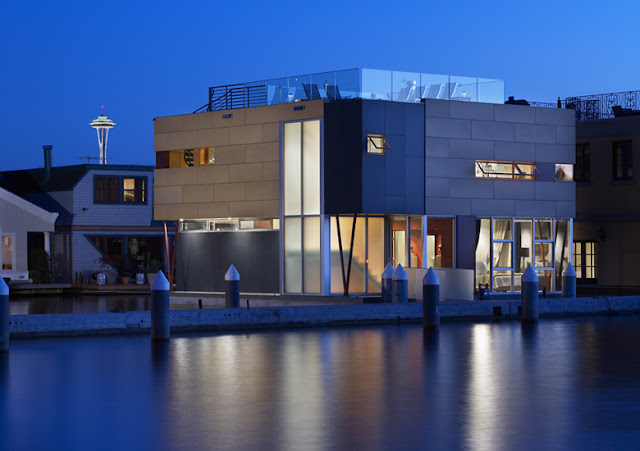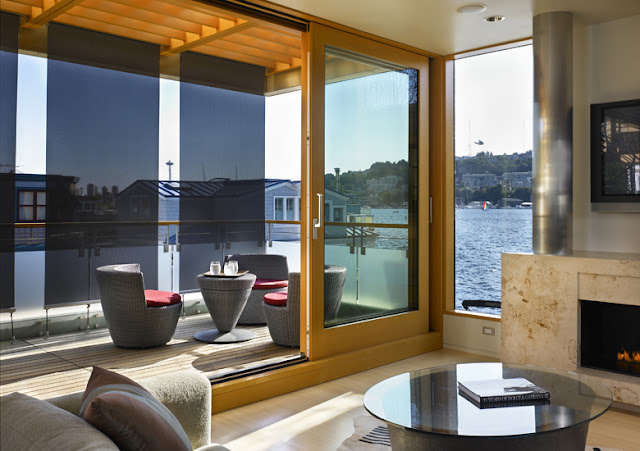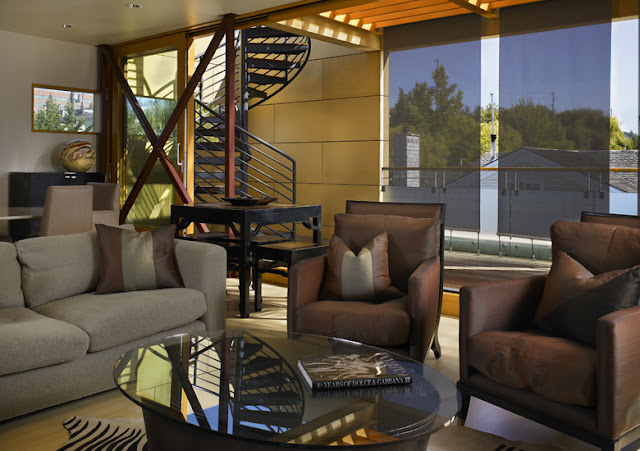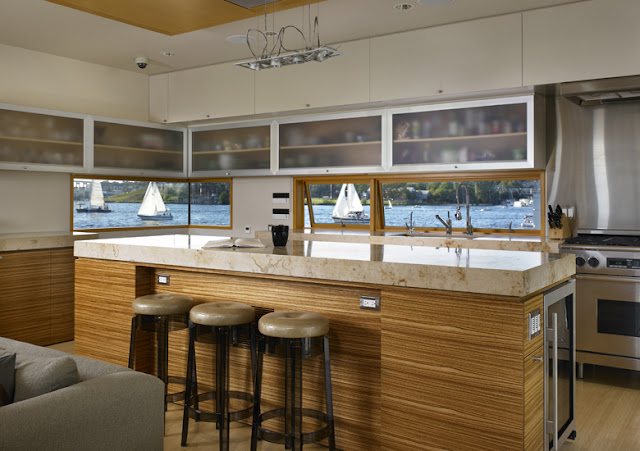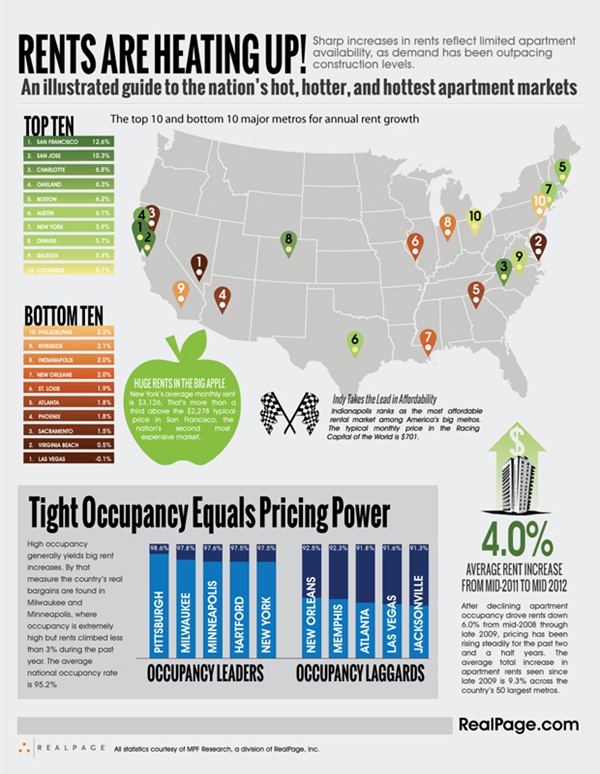 Economists are increasingly confident that home prices have bottomed out.
Economists are increasingly confident that home prices have bottomed out.
For the last three years, home prices have usually risen in the spring and summer to only then lose all of those increases—plus more—in the fall and winter months. However, economists expect this year to be different and do not foresee such a big drop to occur to home prices in the colder months ahead, The Wall Street Journal reports.
While the fall months likely will bring out some sort of decrease in recent home price increases, “we have a much better supply and demand dynamic” than in previous years, Mark Fleming, CoreLogic’s chief economist, told The Wall Street Journal.
Home prices have posted some of their largest year-over-year jumps compared to the last six years. According to CoreLogic, home prices have risen 9.6 percent from February, which was the month prices reached their lowest levels since the housing slowdown. Economists say it’s unlikely that, given recent indicators, home prices will reverse course steeply and fall 9.6 percent or even more in the coming months. Home prices haven’t dropped by that type of percentage since the economy was in a recession.
Source: “Here’s More Evidence That Home Prices Have Hit Bottom,” The Wall Street Journal

